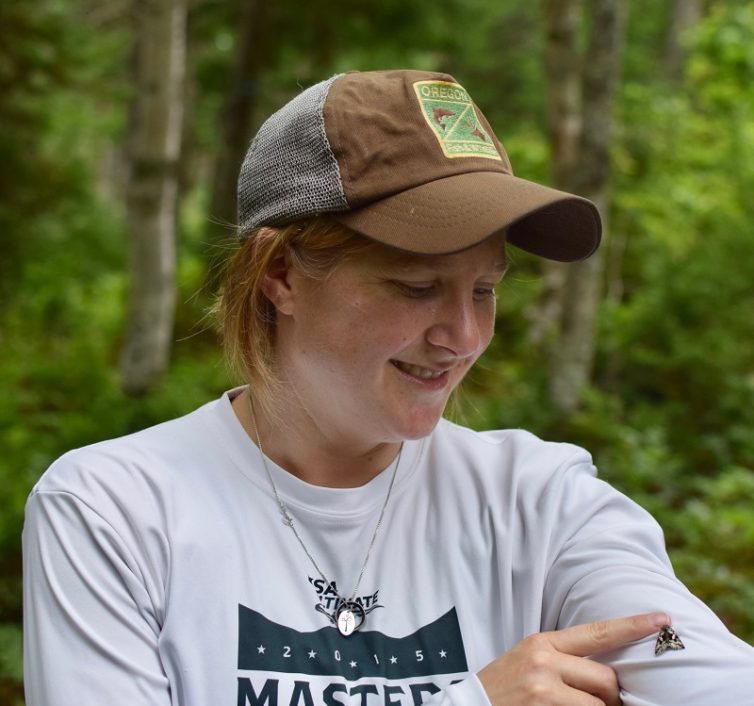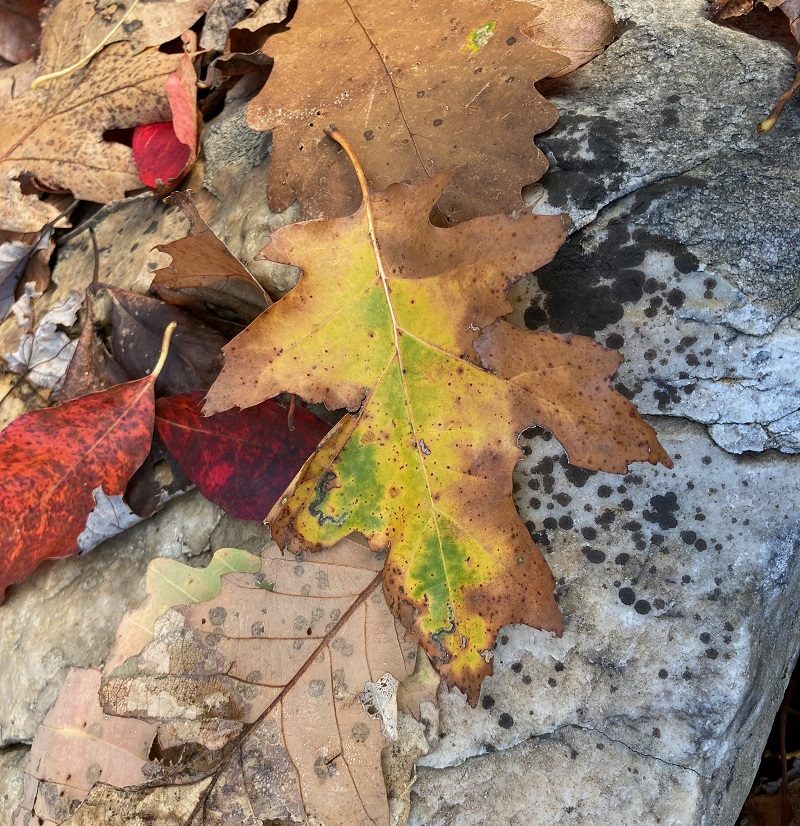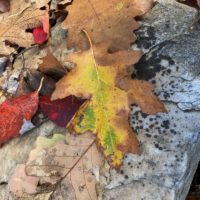Many folks notice the more apparent life stage of butterflies and moths that populate the air and foliage in warmer months. But where do these creatures go in the winter when resources are scarce? Karin Burghardt, Assistant Professor in the Entomology Department at the University of Maryland and a Research Associate at the Smithsonian Environmental Research Center, will cover the life stages, habitats, and locations of overwintering Lepidoptera with a focus on the fauna of the Mid-Atlantic United States. This single group of organisms employ myriad strategies to both survive the winter cold and avoid predation. These unseen life stages may be very important to the conservation of species in a region with warming winters and high levels of human landscape management (fall leaf litter removal, impervious surfaces, soil compaction, etc).
Trained as a community ecologist, Karin specializes in understanding plant-insect interactions in human-modified landscapes ranging from suburban yards to abandoned agricultural fields to managed forests. Recent work focuses on overlooked portions of insect life-cycles in these habitats. By examining how human management practices alter the support of biodiversity in these spaces, the lab’s research program helps determine best practices for how humans can share space with a variety of flora and fauna. Karin received her PhD in Ecology and Evolutionary Biology from Yale University working with Oswald Schmitz on herbivore-induced defenses in goldenrod plants. Prior to that she received a B.S. from the University of Delaware in 2007 working with Douglas Tallamy on the role of non-native plants in ecosystems. Find more information on the lab’s work at https://burghardtlab.org/.



